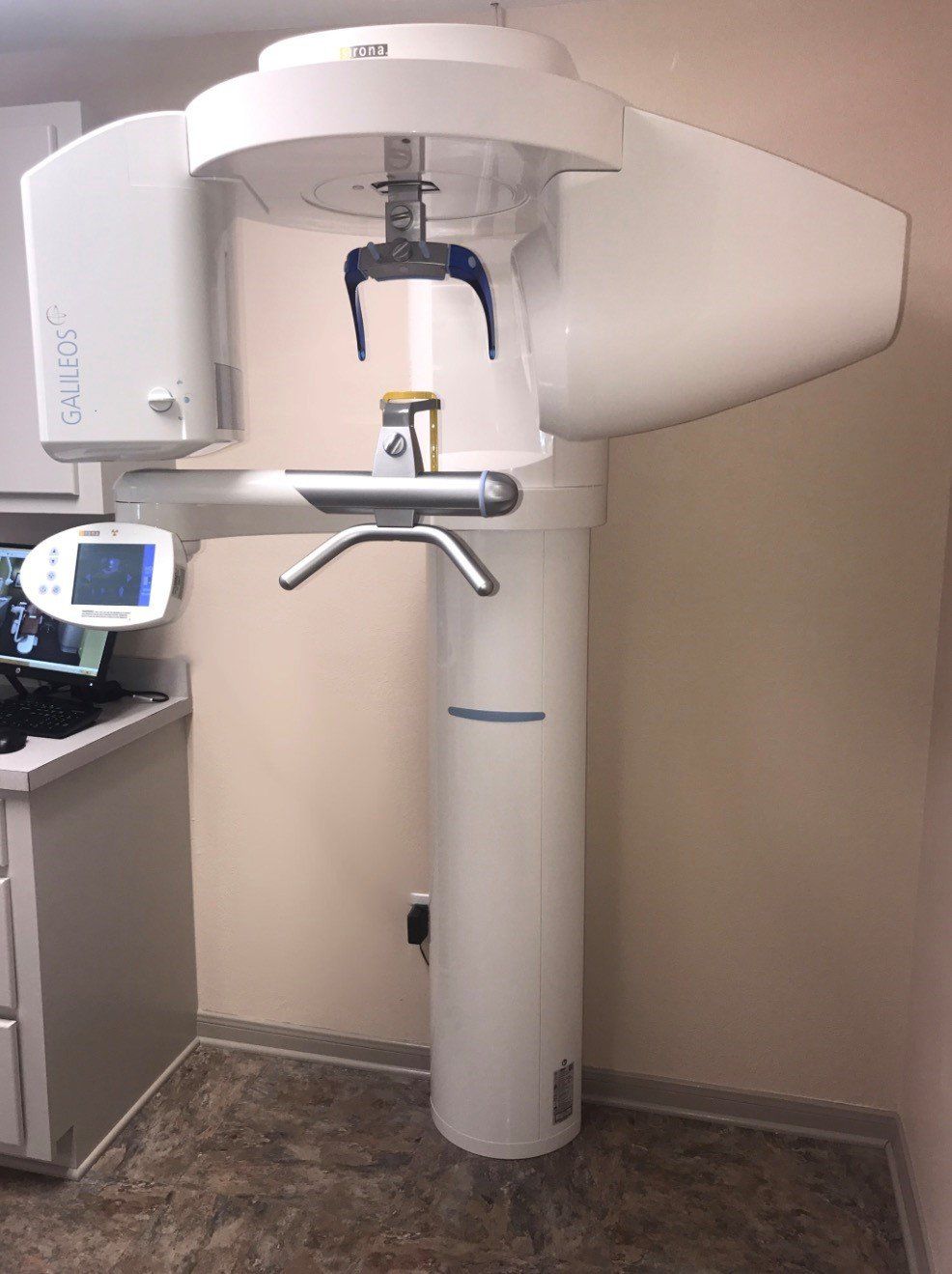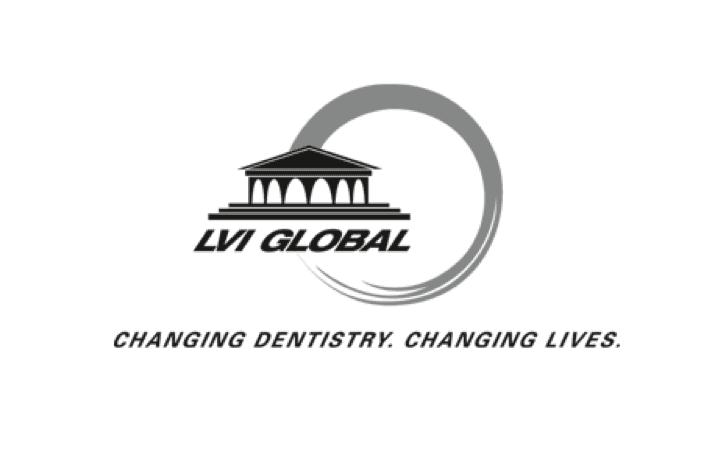TMJ Treatments
The Temporomandibular Joints (TMJ) are small joints in front of each of your ears that keep your lower jaw connected to your skull. When the teeth and jaw are out of alignment, even the slightest, they cannot support the muscles in the face needed to function properly such as chew, swallow, talk, etc. These muscles are then forced into a more strained position that can cause pain throughout the head, face, neck, shoulders, arms, and back. Even if you have perfectly healthy teeth, and have gone through orthodontic treatment your jaw may be out of alignment which may cause painful symptoms of TMD.
Symptoms of TMJ:
• Migraines/headaches
• Neck aches
• Facial pain
• Congestion, ringing or stiffness in ears
• Numbness in your fingers or arms
• Restricted jaw movement
• Clicking, popping, or grating sounds in the jaw joints
• Excess wear, chipping, or cracking of teeth or restorations
• Unexplained loose teeth
• Recurring jaw pain or soreness
• Unexplained tooth pain that affects many teeth and may move around
The first step in TMJ treatment is to come in for a full examination by Dr. Smith.
The main types of diagnostic equipment used to help determine if you have a neuromuscular problem (TMJ) are a 3-D Cone Beam X-Ray, our TENS (Transcutaneous Electrical Nerve Stimulation) unit, and a computerized mapping technology that records the position and movement of your jaw.
The TENS unit is a non-invasive treatment that relaxes your muscles in your jaw so that we can examine your bite at a comfortable, rested position.
Once the muscles in your jaw are relaxed, we can find the ideal position for your jaw. We then use the computerized mapping to find any abnormalities in your jaw’s movement. We measure the electrical activity in the muscles to determine when your muscles are at maximum rest using EMG (Electromyography). An ESG (Electrosonography) is then used to detect noises in your joint to ensure there are no problems in your TMJ.
Once we have the correct position determined, an ‘orthotic’, or bite positioner, can be used to adjust your bite. The orthotic can relieve you of your symptoms, and if needed, permanent restorations can then be used to correct your TMD (temporomandibular joint disorder)
Call today to schedule a consult with Dr. Smith so he can identify your TMJ issue and come up with an effective treatment plan to help with your pain.





